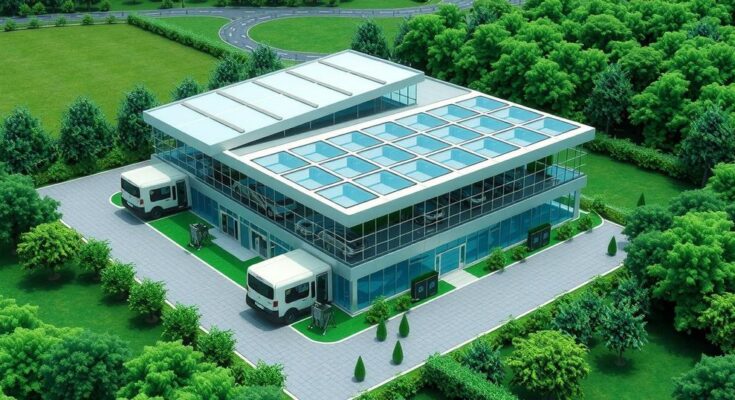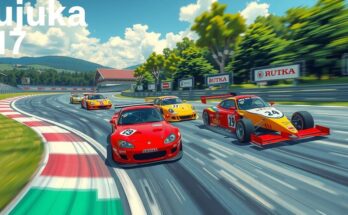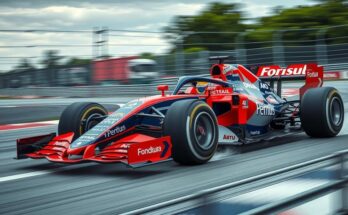BYD is set to invest $10 billion in a manufacturing plant in Telangana, India, aiming to localize EV production and reduce costs. This strategy positions BYD ahead of Tesla, which plans to enter the Indian market by importing vehicles. Lower tariff rates from the Indian government facilitate this move, with a joint venture with Megha Engineering in the works. Tesla’s potential launch of an affordable EV may challenge BYD, but costs remain a concern.
BYD, known as Build Your Dreams, has announced its intention to establish a manufacturing plant in Telangana, India. This strategic move comes in light of heightened import tariffs faced by Chinese EV manufacturers in Europe and the United States. BYD plans to invest Rs 85,000 crore ($10 billion) in this state-of-the-art facility, positioning itself strongly in the Indian market, particularly against competitors like Tesla.
The initiation of BYD’s manufacturing plant signifies its serious commitment to the Indian market. The Indian Government’s recent implementation of lower tariff rates on electric vehicles is advantageous for BYD. Officials from the Telangana government have confirmed the allocation of 200 acres of land for the project, facilitating BYD’s manufacturing efforts.
BYD aspires to establish the plant through a joint venture with Megha Engineering & Infrastructure Limited (MEIL), based in Hyderabad. Though initial proposals for this partnership were rejected by the state government two years prior, the current environment appears more conducive for BYD’s endeavors.
Currently, BYD offers four models in India: the Sealion 7, eMAX 7, Atto 3, and Seal. However, high import costs have categorized these vehicles within the luxury segment due to direct import pricing. The construction of the manufacturing facility aims to produce vehicles locally, reducing costs significantly and enhancing sales potential.
Gaurav Vangaal of S&P Global Mobility noted, “Currently, global trade and supply chains are under significant pressure, leading to renegotiations of existing trade agreements. Although localisation will greatly strengthen India’s EV ecosystem, geopolitical dynamics and enduring international relationships are likely to heavily influence decisions regarding market entry strategies.”
Regarding Tesla’s entry into India, the company plans to import vehicles from its Berlin facility initially. Early reports indicate ongoing efforts to introduce an affordable EV priced below Rs 25 lakh. Notably, Tesla’s entry-level Model 3 is currently priced around Rs 30 lakh.
Analyst Kumar Rakesh from BNP Paribas said, “Tesla has plans to launch an affordable version of the Model 3 or Model Y in the second half of 2025, with management guiding to a price of $30,000 after IRA subsidies. Assuming Tesla can produce and sell at as low as $30,000, it will be considered expensive for mass volume in India once 15% customs duties are considered.”
In summary, BYD’s strategic investment in an Indian manufacturing plant reflects its intention to capitalize on the growing electric vehicle market while localizing production to overcome import tariffs. This move not only positions BYD favorably against competitors like Tesla but also highlights the evolving landscape of the Indian EV market. As both BYD and Tesla navigate this transition, their respective strategies will significantly influence their success in India.
Original Source: www.financialexpress.com




